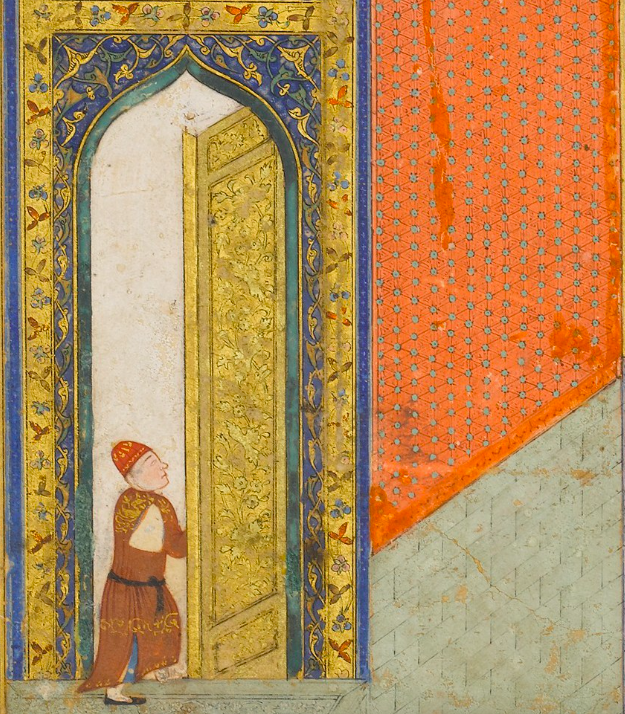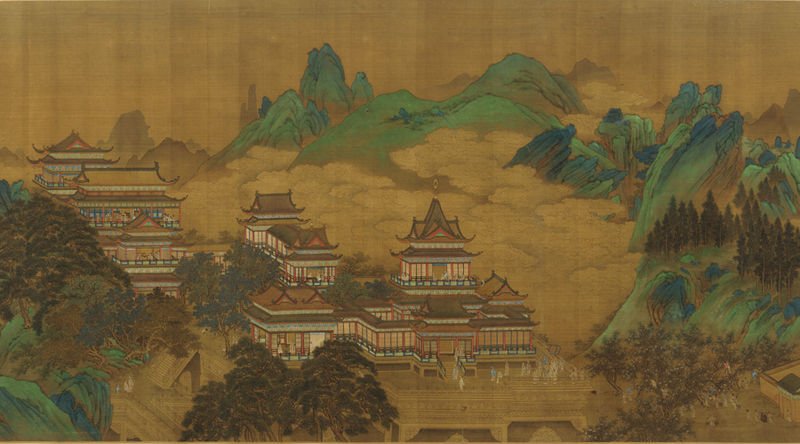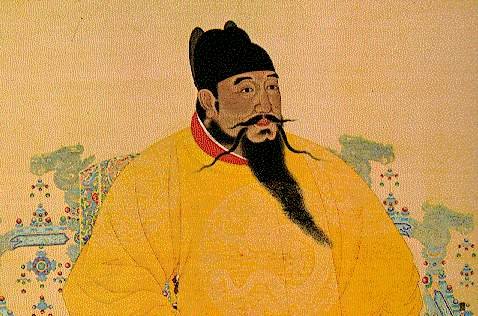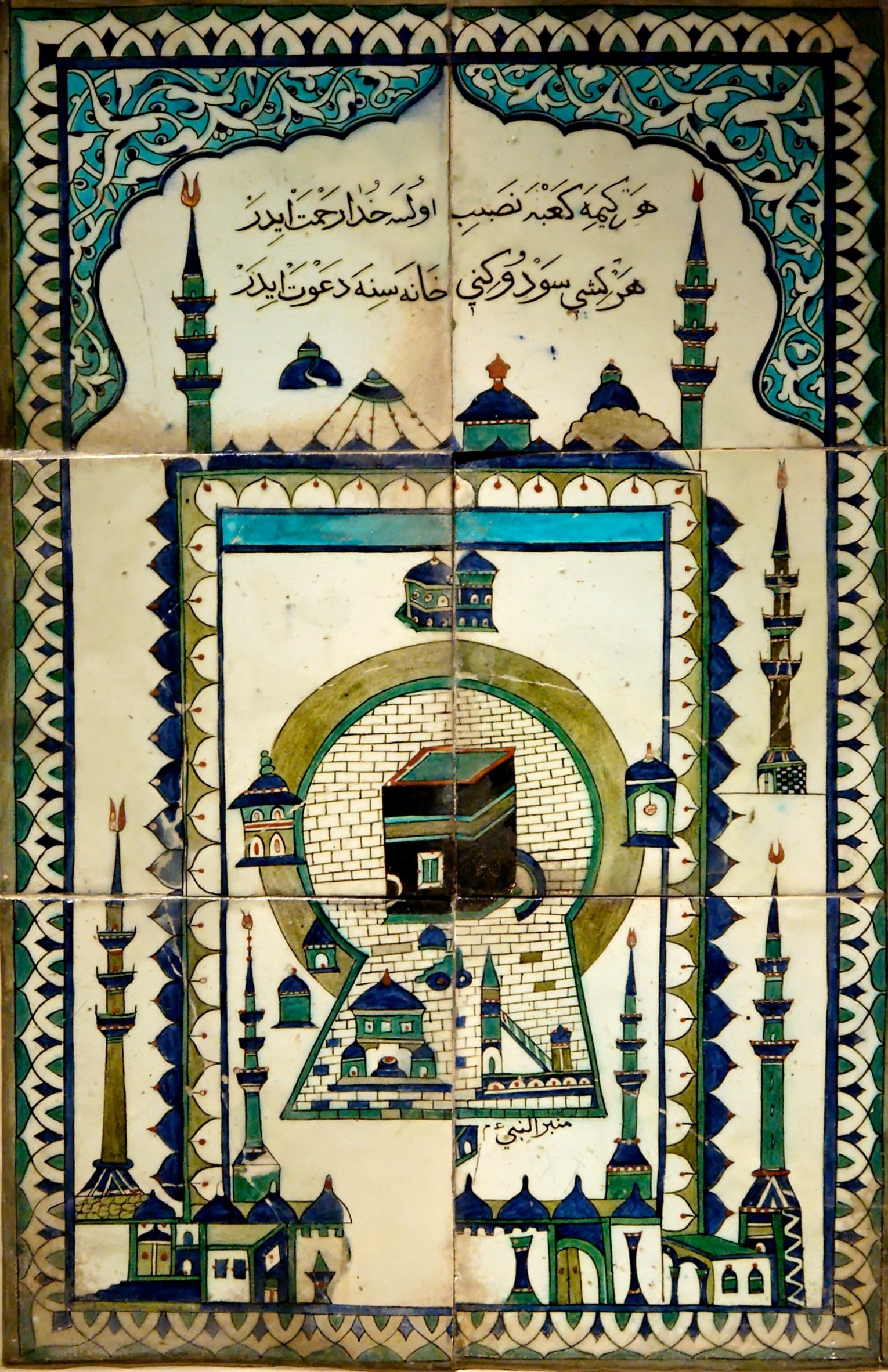Detail from a 15th-century illustrated telling of a Nizami story, commissioned in Herat. (Met Museum)
A standalone episode on medieval diplomacy, on the travels, career, and narrative of a 14th and 15th century Ming Dynasty diplomat and administrator, and on the history around him. Chen Cheng would suffer professional setbacks outside of his control, as the the Jianwen Emperor would be replaced by the Yongle Emperor, and he would make the overland journey from China to see Shah Rukh, the son of Timur (Tamerlane), in Timurid Herat.
If you like what you hear and want to chip in to support the podcast, my Patreon is here.
Sources:
Hecker, Felicia J. “A Fifteenth-Century Chinese Diplomat in Herat.” Journal of the Royal Asiatic Society 3, no. 1 (1993): 85–98.
Rossabi, Morris. “Two Ming Envoys to Inner Asia.” T’oung Pao 62, no. 1/3 (1976): 1–34.










